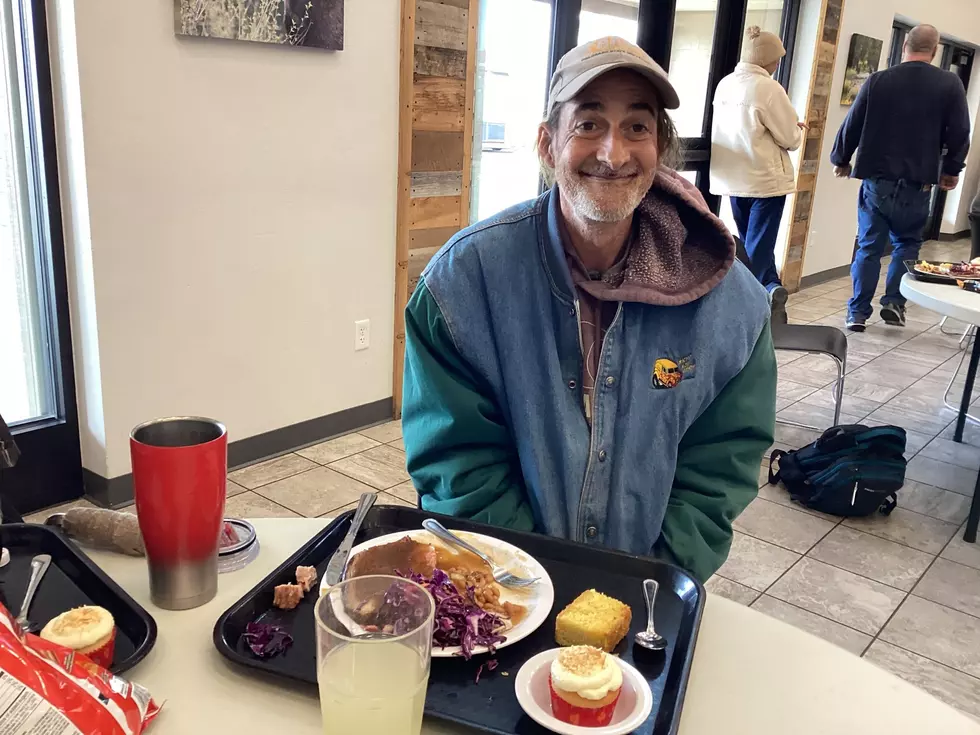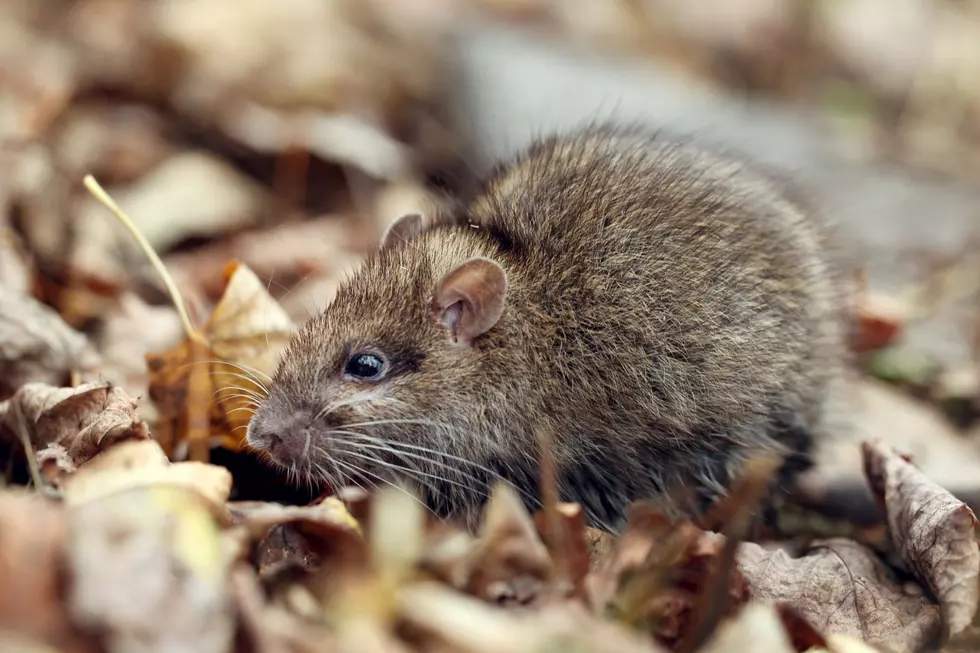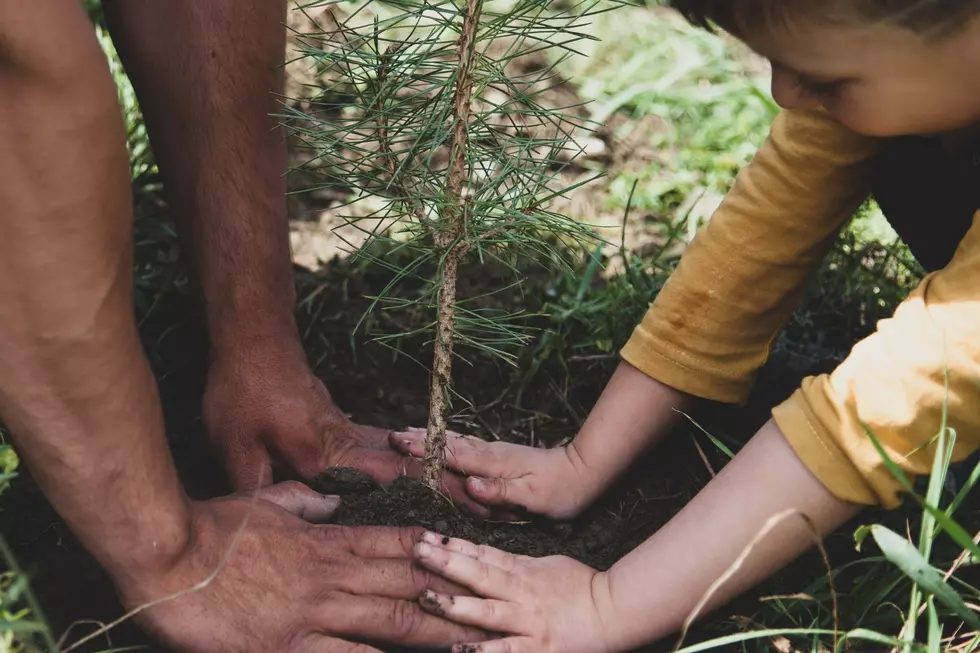
The Last Time Wyoming Used the Death Penalty was in 1992
Since reinstating capital punishment in 1976, Wyoming has only carried out one execution.
Death row for men is at the Wyoming State Penitentiary in Rawlins.
The last defendant sentenced to death was Dale Eaton, but the decision was overturned in federal court and he was resentenced to life in prison without parole in March 2022.
In 1992 Mark Allen Hopkinson was given a lethal injection after ordering the murder of four people decades earlier.
Court records found in the Wyoming State Law library suggest that tensions began brewing between two families -- the Hopkinsons and the Roitzes -- over water rights in the Bridger Valley area. The Roitzes consulted an attorney named Vincent Vehar after Joe Hopkinson (Mark's father) filled in a ditch carrying water to the their house in 1974, ultimately filing a lawsuit.
In 1975 things got worse when Hopkinson approached the Fort Bridger Sewer and Water Board, a client of Vehar, to get his trailer court annexed to the sewer district. The Board agreed, but raised the hookup fee from 100 to 300 dollars per trailer. After it was completed, Mark refused to pay up and allegedly made threats to various Board members. Vehar filed a suit on January 28, 1977 on behalf of the Board forcing Mark to pay the money owed as well as a $50,000 fee for the threats.
A year prior, Mark had met an unsavory character named Mike Hickey through a mutual friend. That same year, 1976, Hickey was hired to murder a fifteen-year-old girl who had ratted on a man named Jamey Hysell for possessing marijuana. Hickey took her to an isolated spot in the country and struck her on the head with a rock, killing her. Then he cut out her genitals to take to Hysell as proof that she was dead.
On Saturday, August 6th, 1977 Mark convinced Hickey to bomb the Vehar home. At about 3:35 a.m. in the morning the bomb went off, killing Vincent Vehar, his wife, and one son. Another son was injured but survived the attack.
Not long after, Hickey was arrested for the murder of the fifteen-year-old. Mark came up with a plan to keep his friend out of trouble: he, a man named Jeff Green, and Hickey would point the finger at Hysell. Green, however, broke down and told investigators the truth.
On May 20, two days before the Grand Jury's investigation of the Vehar bombing, Jeff Green's mutilated body was found. Eventually Hickey was called to testify, and he confessed to both the murder of the girl and the bombing. In a plea deal, he gave up Hopkinson for a 20-year-sentence. He was released from prison in 1999 and moved back to Lonetree, Wyoming to work on the family ranch.
Hopkins was convicted on four counts of first-degree murder and two counts of conspiracy to commit first-degree murder.
The jury sentenced him to two terms up to 10 years in prison, consecutively, for the conspiracy, three terms of life for the Vehar bombing, and death for the murder of Jeff Green.
Wyoming Governor Mike Sullivan refused to pardon him, despite many petitions to do so. Hopkinson claimed to be innocent until his last breath on January 22, 1992.
Wyoming is the only state that prohibits news reporters to witness the executions. Only people authorized by the convicted person may attend. In 1992, Hopkinson had no witnesses.
Wyoming Cold Cases
Gallery Credit: Kolby Fedore
7 Cold Blooded Murderers Who Killed in the Name of Love
Historic Victorian Mansions Around the U.S.
Gallery Credit: Kolby Fedore
More From K2 Radio









